|
By Keith “MuzikMan” Hannaleck - August 13, 2018 Reposted by Permission. Direct Link to Review I love it when I am able to read about an artist and all their amazing accomplishments. It gets everything into proper perspective before listening. Then writing about what I heard becomes more meaningful.
Marcia Watson Bendo is a multi-talented artist that is accomplished in many disciplines including the violin and a large selection of Native American Flutes. Picking up a woodwind changed her life and her music. Woodland Moons is her tribute to that instrument. In her own words, the artist explains what her music stands for…. “I strive to artistically create music that resonates with people by expressing an emotion, an image, a story, or reviving a memory.” From where I sit, that wraps it all up in a nice package and puts a bow on it. This type of music has a magical and mystical essence that cannot be compared to any other genre that is within my realm. I know there is a lot to choose from in the globally connected world we live in, so the choices are made by personal tastes and or a drive for exploration. Back when I was a young teenager I would buy albums out of curiosity. I have not lost that part of my decision-making process I just refined it over the years a bit. In any instance, I would not hesitate to listen to music like what Woodland Moons has to offer. The feeling of discovering something new and stimulating consumed me with this album. “Berry Moon” for instance, takes the flute and builds all the other instruments around it. The flute playing still stands out however the other music just enhances the entire track. The instrumentations and orchestrations are beautifully done and arranged. This track, in particular, illustrates the pliability of one instrument wrapping itself around everything else to create a bigger sound that reaches the listener. As I always say, it comes across differently for each individual yet it remains universal with no borders. That is the beauty and perfection of music and the one element that will never change. I am very grateful for that. Even though each song is about a different moon, it most certainly works because of the thought process the artist goes through. We do have many moons that we see in our sky, however, looking at the varying degrees presented here gives it an entirely new flavor. This interpretation is related to nature and our precious mother earth and all it has to offer us. Also, this may serve as a reminder of how we need to take care of our planet and appreciate how it sustains all life. Woodland Moons is twelve tracks of musical bliss that will serve every listener well. I highly recommend it for relaxing, meditation and for getting a spiritual connection. You can get a greater respect for your inner voice and purpose. If you listen enough, you will honor that inner voice and thank the music for bringing you to that realization. MARCIA WATSON BENDO, Woodland Moons - Jonathan WidranDiscovering an exciting new Native American flute artist like Marcia Watson Bendo reminds me just how long I’ve had a passion for her chosen genre. In the 90’s, when I was first getting into and writing about new age and world music, I loved the dual albums by pianist Peter Kater and flutist R. Carlos Nakai, and remember being enthralled by a performance by another great of the time, Douglas Spotted Eagle, at the Catalina Island JazzTrax Festival. In recent years, I have been a fan of artists like Ann Licater, and have used the beautiful sounds I hear on Pandora’s Indian Flute Radio for relaxation for me and a beloved pet. One can enjoy that station for hours, but the general vibe is a flute, a bit of percussion and perhaps one other instrument, in simple sparse arrangements. Beyond the inspiring beauty of the 12 deeply heartfelt compositions on her soul stirring debut album Woodland Moons, perhaps the most remarkable aspect of Marcia’s epic work is that she has created a true Native flute symphony, complete with vibrant, sweeping string orchestrations and a (delightfully!) dizzying array of sonic textures, including harp, celesta, piano, vibraphone and cello. 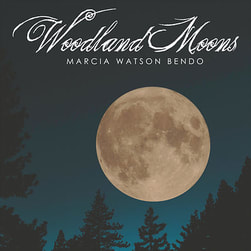 It’s incredible to note that she generates all these sounds herself, backed only by Brazilian-born percussionist Rafael Pereira, who adds Marcia to a multi-genre resume that includes Janelle Monae, India.Arie, Shawn Mullins and Sonny Emory. The recording was mixed and mastered by Trammell Starks, a renowned arranger, orchestrator and new age artist in his own right, who brought extra magic and sparkle to Marcia's vision. Marcia’s orchestral talents are rooted in her background studying classical music and playing violin with the Tulsa Philharmonic, the Tulsa Opera, the Tulsa ballet and legends like Sammy Davis, Jr., Doc Severinsen, Ella Fitzgerald and conductors Skitch Henderson and Arthur Fielder. For fans of Native American flute, Marcia’s emotionally transporting journey of musical discovery can be enjoyed as a multi-faceted rhythmic and sonic experience like no other. Yet to fully understand her passion for this project and appreciate her mastery as a storyteller, a little background is essential. The music on Woodland Moons was inspired by the 12 full moon names (one for each month) of the North American Woodland indigenous people, the Anishinabe. One of their tribes, the Potawatomi, historically inhabited regions of North America, from the Upper Great Lakes to Marcia’s native Oklahoma. She has been an enrolled member of the Citizen Potawatomi Nation (CPN) since she was a child; her great grandmother and her family were settled on allotments in Indian Territory in Oklahoma. Though she wasn’t raised in the culture or traditions, as an adult she developed a strong interest in them. Over the past 12 years, Marcia has participated in their cultural events (festivals, workshops, lessons), and she’s played the flute (which, incredibly, she first picked up in 2011) for the past seven years at the Potawatomi Cultural Heritage Center during the annual CPN festival. She was inspired to create Woodland Moons after participating in several full moon ceremonies and learning about the significance of each full moon. With melodic grace (fashioned on flute and piano), sweet sensitivity, easy flowing rhythmic energy and strings that function equally as caressing harmony and lead voice of its own, Marcia fashions an impressionistic soundscape based on how each moon determines the tribe’s activities at different times of the year. The mood of the music and the journey it takes us on reflects the story being shared. For instance, the gently somber dreaminess of the opening track “Fallen Leaves Moon” reflects the shorter days of the approaching winter. Conveying a completely opposite feeling months later (though it is placed as track 2), “Planting Moon” is bright, playful and whimsical, full of bustling activity to convey the busy planting of corn, beans, squash and “sacred” tobacco. 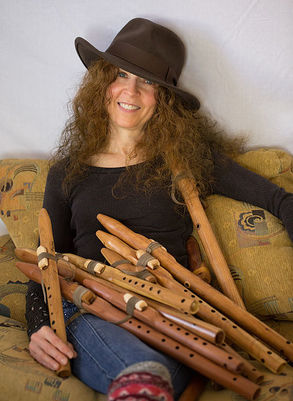 Also of symbolic good cheer is “Strawberry Moon,” whose elegant flute and piano and swelling strings express the gathering of the “heart berries” gathered in early summer. The mystical and soulful, harp and chimes-laced ballad “Forest Moon” prepares our bodies and hearts for fall, its slow waltzy vibe enhanced by the scampering footsteps of the creatures therein. You get the idea driving every fascinating moment. Each mood, each melody, each sonic detail and motif takes us to a different moment on the Potawatomi calendar, from the “Yellow Leaves Moon” of autumn to the “Snow Moon” in the dead of winter when everyone stayed inside and the elders told stories. Complementing the direct references to months and seasons are two bear related pieces, the adventurous, mystery-building (via a bassoon sound!) “Big Bear Moon,” where they’re seeking hibernation, and “Little Bear Moon,” a charming piece of childlike innocence conveying the birth of young cubs and the wonder they must experience during these months. Marcia Bendo Watson is a fresh, wondrous presence on the new age/neo-classical/Native flute scene – and I predict that works like Woodland Moons will lead her at some point to share this music in a grand, multi-media setting featuring full orchestra, photos and videos and interpretive dancing. We are excited to announce that "Woodland Moons" will be released on August 17th, 2018. You may pre-order from Amazon.com now.
Repost From Citizen Potawatomi Nation. Direct Link to article. 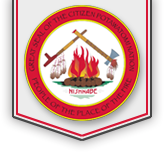 “I play with emotion, and I do sense the person who is supposedly speaking through this song, their pain or their emotion, and it is very touching,” said Native American flutist and professional musician Marcia Bendo. In addition to her doctorate in psychology and a law degree, she performed as a violinist with the Tulsa Philharmonic for a decade beginning at age 19. She shared the stage with Doc Severinsen, Sammy Davis Jr., Roy Clark, Chet Atkins, Ella Fitzgerald, Tom Jones and Tammy Wynette through the symphony’s Pops Series of concerts and her work as a freelance violinist. Despite those experiences, the flute holds a special place in her heart, both musically and as a part of a bigger culture. Bendo is a Citizen Potawatomi Nation member and a descendent of the Bertrand family. Her grandfather enrolled her when she was 10 years old. “As these memories and emotions come out in the music, you’ll think about your heritage. You’ll think about your ancestors,” she said. “It may make it more alive for some people. It’s just the emotional connection.” Violin to flute
Bendo attended Tulsa International Mayfest in 1987, where she discovered musical duo Coyote Oldman. She purchased a flute and a cassette tape of their recordings from Michael Graham Allen, a member of the group who played an influential role in introducing Native American flute music into pop culture. “I was just quite enthralled with the sound. Back in those days, you didn’t hear them very often, and it was a very haunting, melodic, beautiful sound,” Bendo said. “I didn’t know much about it, and it sat on my coffee table the whole time I was working on my Ph.D. in psychology.” Finally, in 2011, she learned to play. Shortly after beginning private lessons and attending workshops, it became natural for her. She also researched the history of the instrument and attempted to find traditional Potawatomi flute pieces with little luck. “Even though you’re playing an instrument, a rattle or a drum, or a song with your voice, it’s an oral tradition,” she explained. “There’s nothing written down and most likely nothing recorded either.” Playing as a Potawatomi Bendo performed at the 2016 Gathering of Potawatomi Nations and 2013 National Congress of American Indian Annual Convention & Marketplace. She has also exhibited her skills at every CPN Family Reunion Festival since 2012. During the annual event, she demonstrates her techniques. “What I’ve done for my presentations at the Cultural Heritage Center is to make a collection of songs from many different tribes; a diverse collection that I usually play and explain, ‘This is from this tribe or nation,’” she said. “Many of them are very emotional songs. They’re women’s songs about their warriors going off to war, or they are songs about losing a love or finding a love, or songs about their children, lullabies.” She now composes, too, and the writing process strengthens her connection with her Potawatomi culture and ancestors. “Someone said to me once, ‘Well, Marcia, don’t worry about not being able to find any Potawatomi flute songs. You are Potawatomi. Anything you play is a Potawatomi song,’” she said. “That’s how I’m looking at it now. It may not be a traditional song that was sung or played 100 years ago, but they are songs from my heart.” New album Over the last two years, Bendo compiled an album of originals titled Woodland Moons. The 12 tracks represent each full moon throughout the year, and she utilized the traditional Potawatomi moon names for titles. In Potawatomi culture, the moons signify the time of year through agriculture, animals, weather patterns and more. For example, June’s moon is De’mengises, or Strawberry Moon, named for the time of the bountiful berry harvest. November is Bnakwigises, or Fallen Leaves Moon, for the autumnal changing of foliage. Attending a women’s full moon ceremony a couple of years ago inspired Bendo to research them. The spiritual experience piqued her interest about how Potawatomi of the past lived. Marcia Bendo’s album Woodland Moons features 12 tracks inspired by each full moon and their significance in Potawatomi culture. “I learned a lot about of the work activities and how hard they had to work. The sugarbush — they worked so hard getting sugar, the things that we take for granted,” she said. “It made it more real to me what my ancestors may have gone through. “I often write pieces of music when I’m feeling emotional about something.” While moved by subject matter hundreds of years in the making, Bendo’s album puts a twist on the characteristics associated with Native American music, fusing her musical background as an orchestra violinist with her skills as a flutist. “If I was going to describe my music, this album, it’s not traditional in the sense that it’s not ceremonial music,” she said. “It’s contemporary, and I would describe it as cinematic.“It’s just a compilation of all the styles that I know and love.” Excited to announce that my CD, "Woodland Moons" is about done. I've been working with famed producer and engineer, Trammell Starks and we are putting the finishing touches on it. Here is a little sample, posted by Trammell on facebook from his studio (Studio Magic) in Atlanta, GA.
Below is a repost from World Flute Society and taken from "Flute Paths Section of the World Flute Society's quarterly publication, Overtones!" Repost by permission. You may order a copy by clicking this link (August 2017 / Vol.3). "Thanks to Kathleen Joyce-Grendahl, Executive Director of the World Flute Society, for permission to post this article. Flute Path - Dr. Marcia Watson Bendo |
Categories
All
Archives
May 2020
|

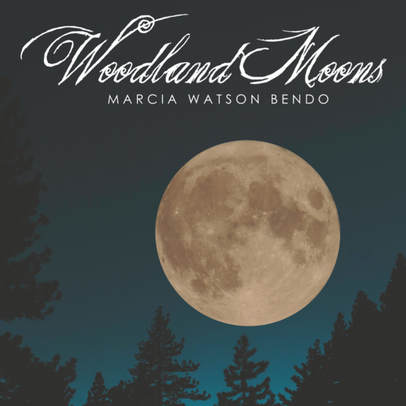

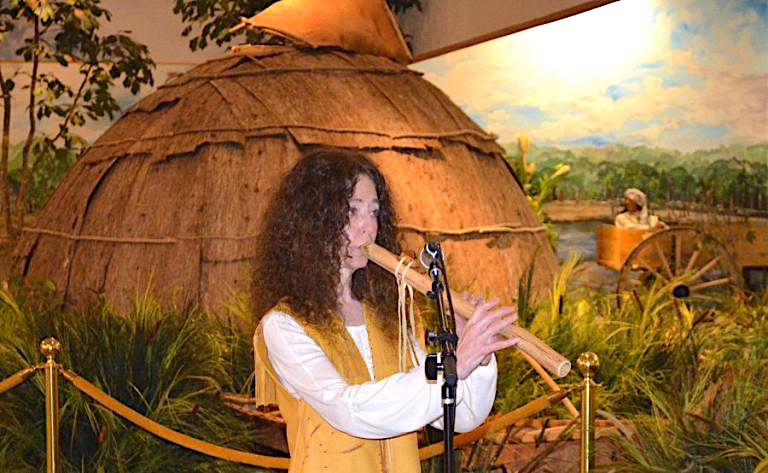
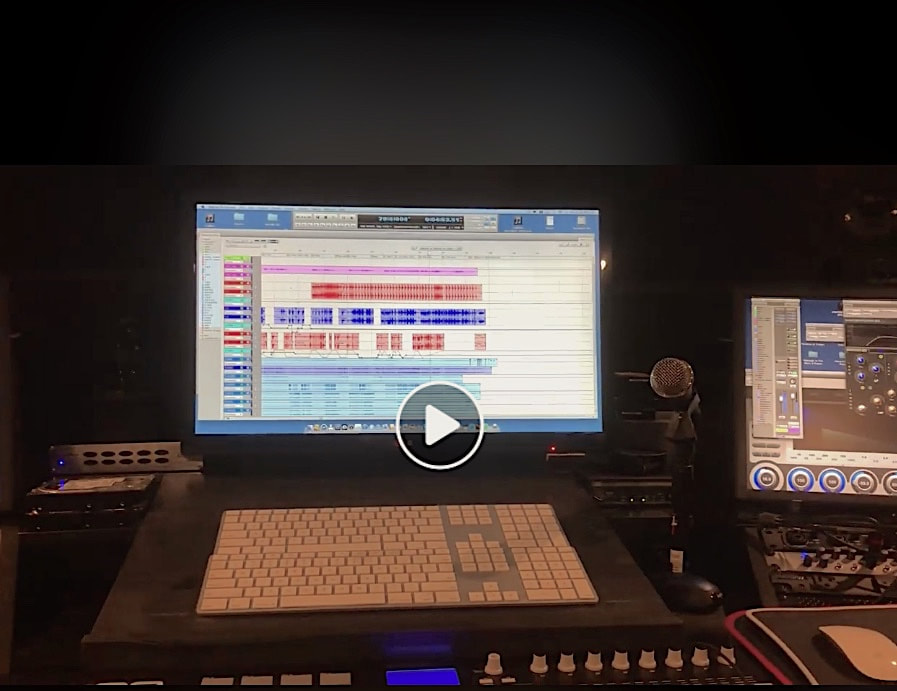
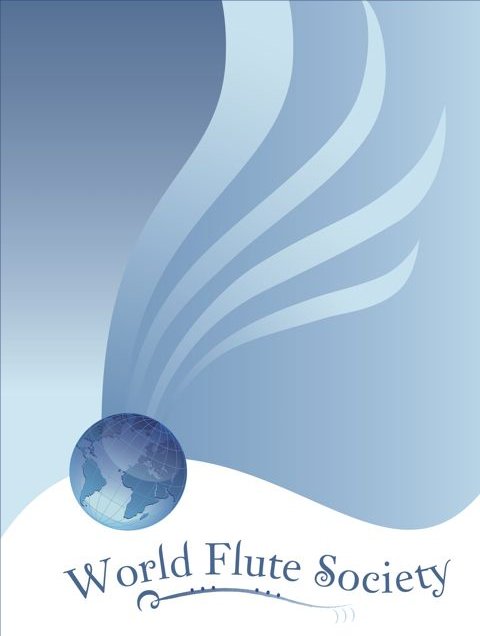

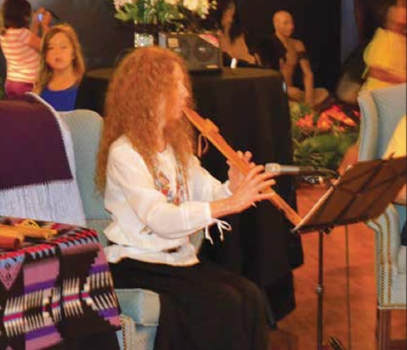
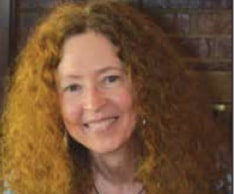
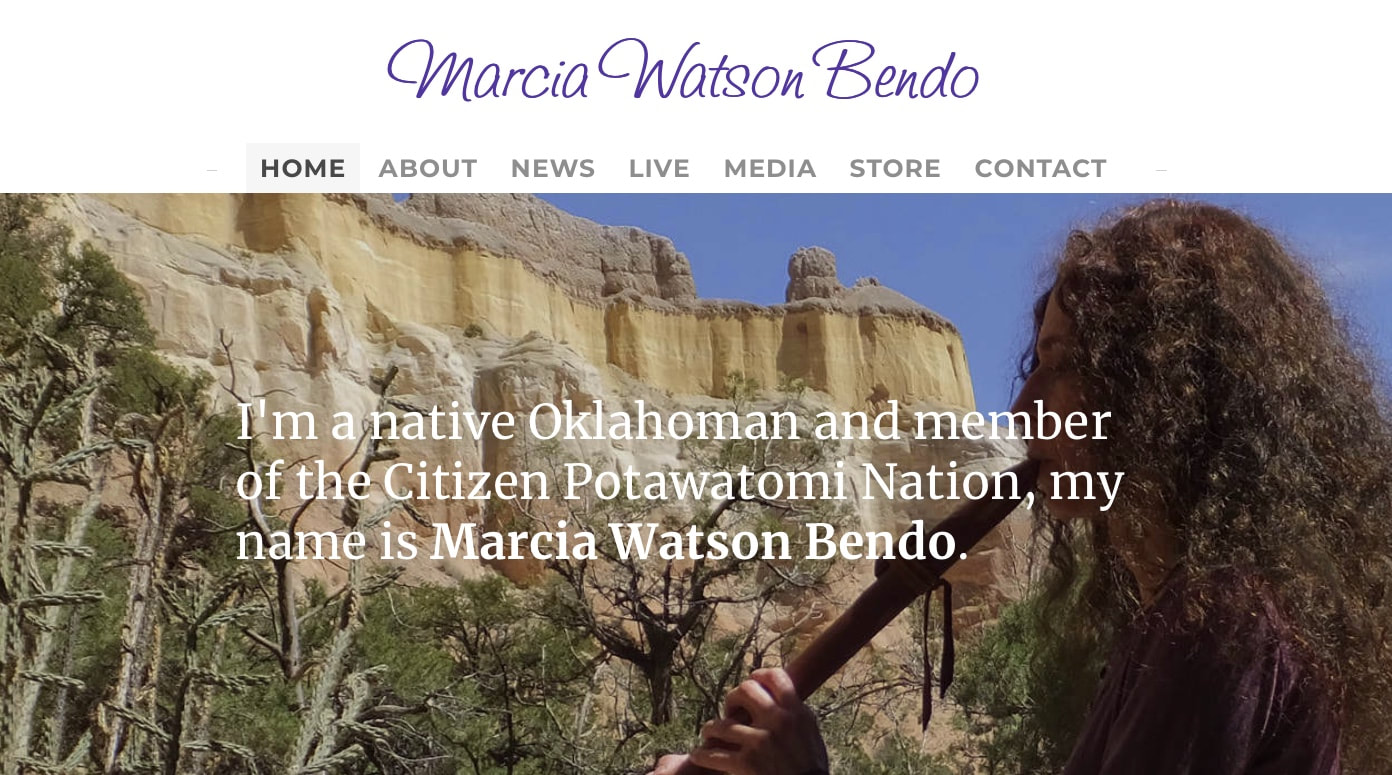
 RSS Feed
RSS Feed